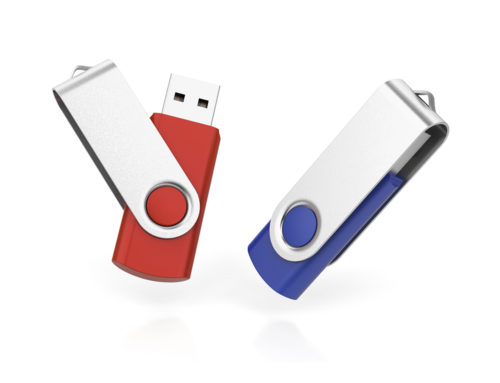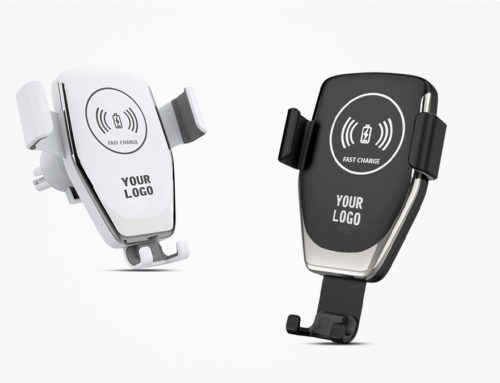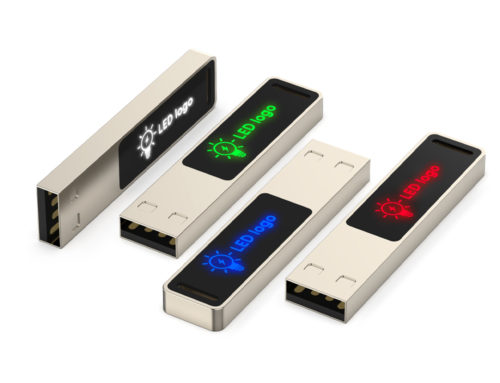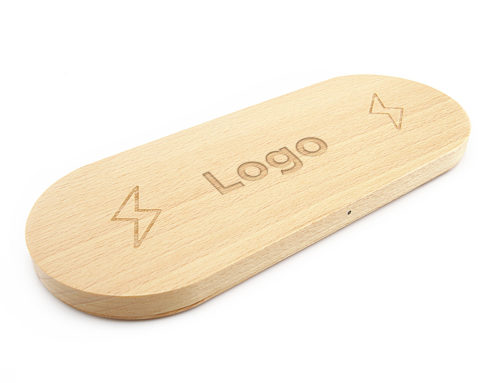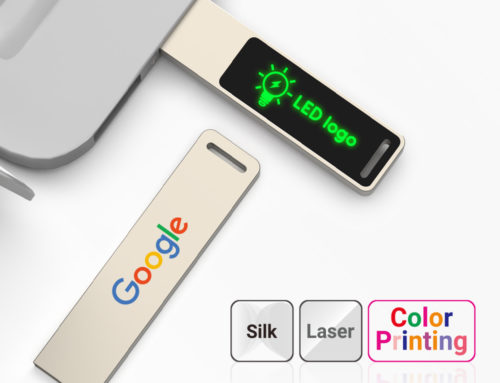The whole working process of wireless charging has many states, mainly including standby, identification, slow charging/fast charging, abnormal handling (reminder/limiting power/disconnecting energy transmission), full switching and other different states. The charger is in each state There will be different treatments.
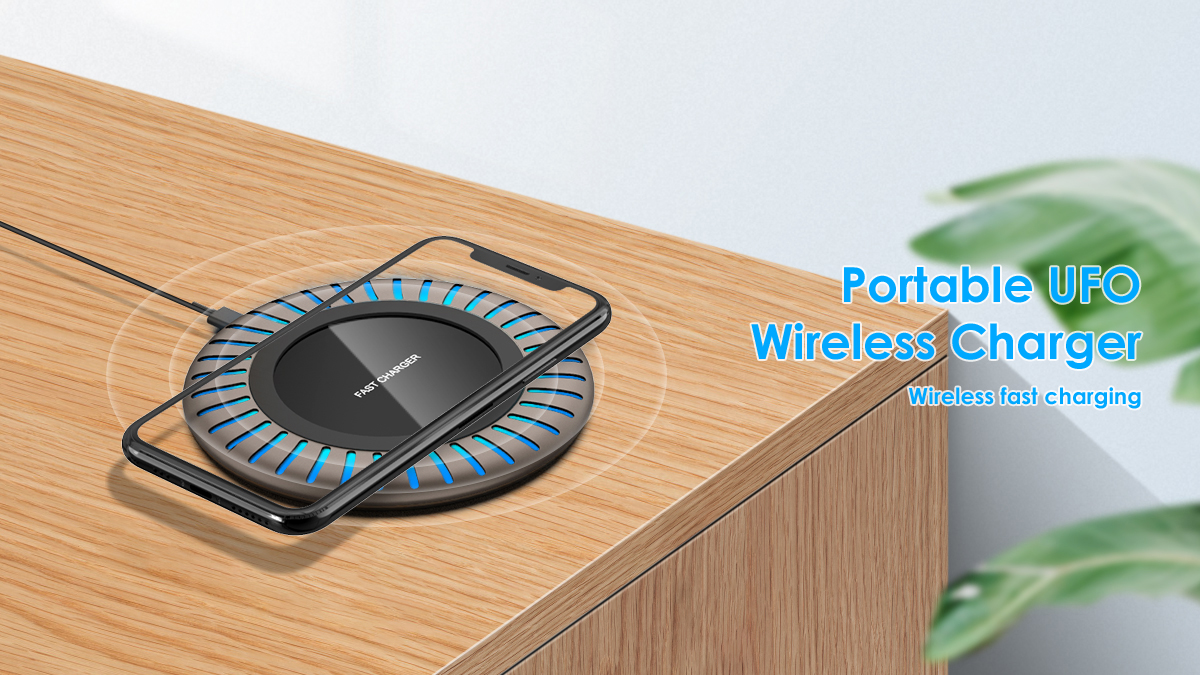
Standby:
In standby mode, the wireless charger will work intermittently to identify whether a mobile phone is placed on the charger coil. Generally, it will work for tens of milliseconds within 1 second. If the transmitter has low power consumption processing, the average working time may be lower. Lower. That is, the charger coil enters the non-working state after tens of milliseconds. If an abnormality is identified, such as an abnormally large current or an abnormally high coil voltage, the charger will enter the abnormal processing state. If the charger receives the charging data of the mobile phone within these tens of milliseconds, it will enter the recognition phase. So cycle.
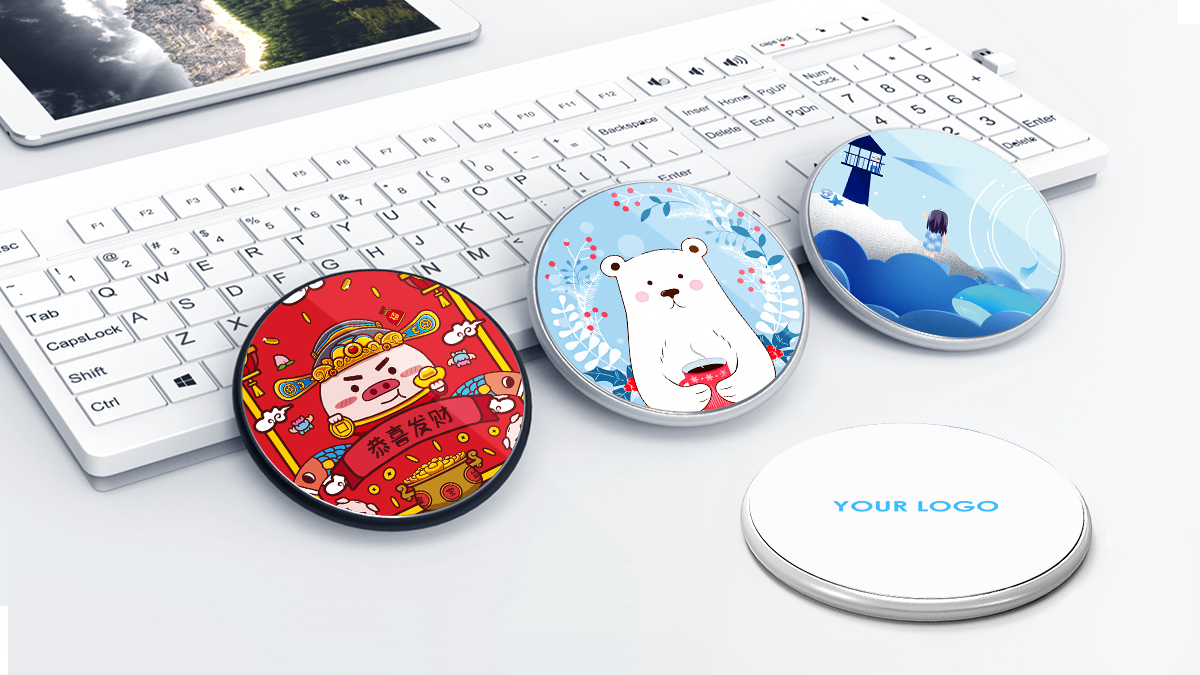
Recognition:
When the mobile phone is placed on the charger, the mobile phone will passively sense energy at the moment the charger is working. When the energy reaches a certain level, the mobile phone will send energy data to the charger (remember that the mobile phone sends data to the charger) to charge After receiving the energy data packet, the charger will continue to maintain the energy output. When the charger maintains the energy output, the mobile phone will continue to send charging data next, and the charger will enter the slow charging/fast charging recognition phase.
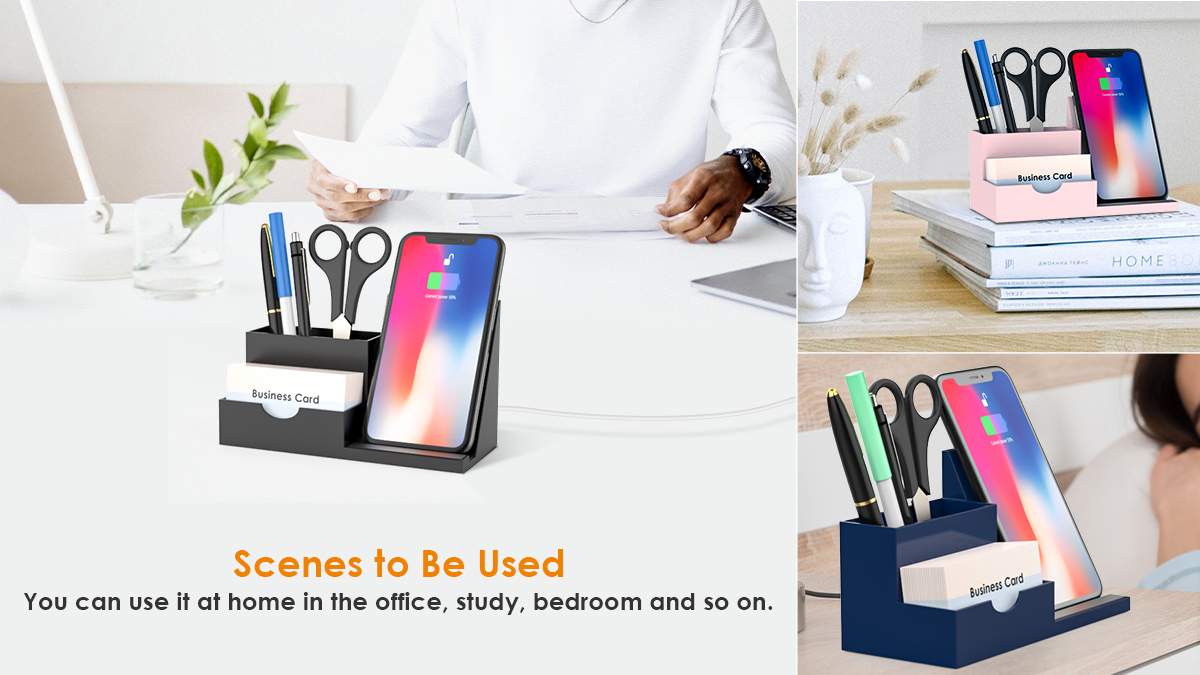
Slow/fast charge:
When the charger recognizes the mobile phone, the mobile phone will continue to send its own ID, configuration and other related information, so that the charger will recognize which type of mobile phone it is, and the charger and the mobile phone will enter a normal connection Mode (that is, the charger is connected to the mobile phone, and the mobile phone is not turned on the output of the subsequent stage).
If the charger recognizes that it is an ordinary 5W mobile phone according to the ID and other data at this time, the mobile phone will send energy plus/minus data to the charger, and the charger will add/subtract the corresponding energy data packet after receiving the energy plus/minus data packet. Energy, when the energy reaches a certain level, the mobile phone turns on the back-end output and enters the normal charging mode.
If the charger recognizes a mobile phone with more than 5W according to the ID and other data at this time, the charger is under the condition that conditions permit (for example, the charging head is a fast charging head, it is a fast charging charger, and there are no other abnormalities, etc.), The charger will start to try to send other response signals to trigger the high power mode of the phone
If the mobile phone can correctly recognize the trigger signal of the charger at this time, the mobile phone will also start to answer, so that there are many questions and answers in the middle. After mutual confirmation of the match, the mobile phone will continue to send data with increased energy, and the charger will Continue to increase the energy until the balance is maintained. When the energy balance is reached, the mobile phone will send an energy package with zero energy to the charger (that is, it is not required to increase the energy nor to reduce the energy), so that the charger and the mobile phone are A balance point is reached. At this time, the mobile phone will receive more than 5W of power, thus realizing fast charging. Otherwise, if the fast charging handshake protocol fails to answer, the mobile phone will not continue to increase the energy demand of more than 5W.
When the temperature of the mobile phone increases due to charging, the mobile phone will actively request to reduce the energy, and will send the reduced energy data packet to the charger. After the charger receives the energy-reduced data packet, it will reduce the sending energy until it balances the energy sent by the mobile phone. The energy pack with a value of zero maintains the current energy after being given to the charger.
During the whole charging process, the mobile phone will continuously send data packets of energy plus/minus/unchanged and received power to the charger. There will be other different data packets depending on the phone, as long as the transmitter works normally. There will always be.
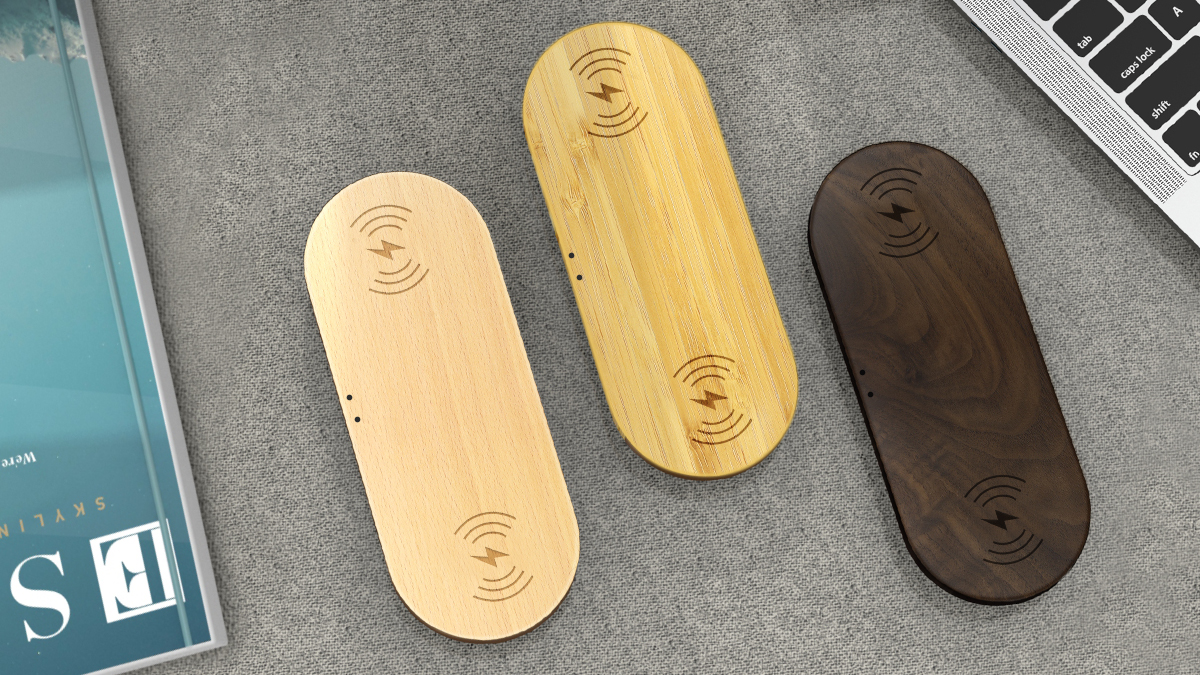
Therefore: the amount of energy received by the mobile phone is not determined by the transmitter, but by the mobile phone itself! How much energy the mobile phone needs, how much energy the transmitter will give without reaching the maximum capacity output!


